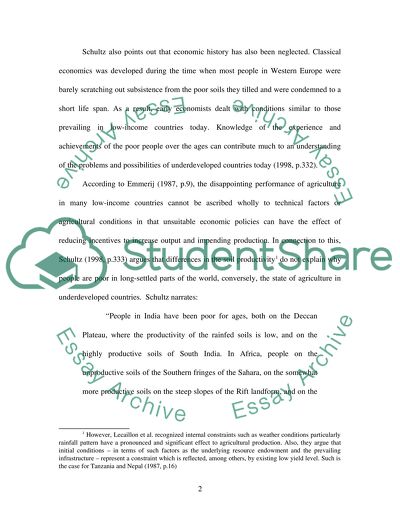Cite this document
(“Causes of Low Productivity and Policies to Raise Output in Essay”, n.d.)
Retrieved from https://studentshare.org/miscellaneous/1515773-causes-of-low-productivity-and-policies-to-raise-output-in-underdeveloped-countries
Retrieved from https://studentshare.org/miscellaneous/1515773-causes-of-low-productivity-and-policies-to-raise-output-in-underdeveloped-countries
(Causes of Low Productivity and Policies to Raise Output in Essay)
https://studentshare.org/miscellaneous/1515773-causes-of-low-productivity-and-policies-to-raise-output-in-underdeveloped-countries.
https://studentshare.org/miscellaneous/1515773-causes-of-low-productivity-and-policies-to-raise-output-in-underdeveloped-countries.
“Causes of Low Productivity and Policies to Raise Output in Essay”, n.d. https://studentshare.org/miscellaneous/1515773-causes-of-low-productivity-and-policies-to-raise-output-in-underdeveloped-countries.


